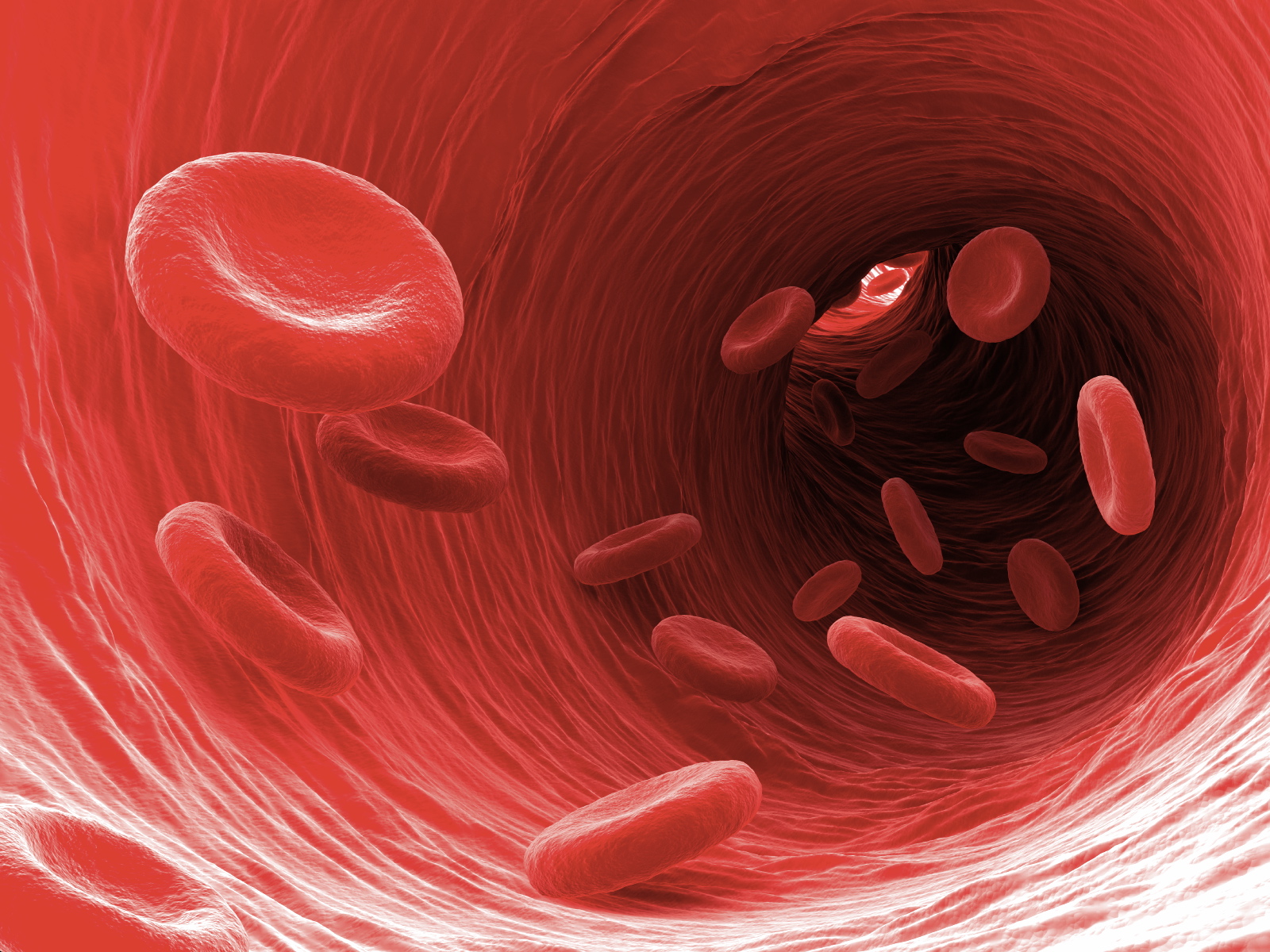
A blood test that has the potential to detect over 50 kinds of cancer is now being trialled in the NHS in England.
The Galleri blood test, developed by the company GRAIL, aims to detect cancers earlier by looking for abnormal DNA shed from cancer cells into the blood.
So far, the blood test has only been trialled on people who have already been diagnosed with cancer, but this study will see if it can spot cancer in people without symptoms. There has been a lot of excitement about the Galleri test, and it’s obvious to see why, but that can sometimes make it difficult to understand the full picture.
Here’s what you need to know.
What’s the Galleri blood test and how does it work?
The Galleri test is a blood test that has the potential of detecting multiple types of cancer. It does this by looking for DNA found in the blood, called cell-free DNA (cfDNA), that’s shed by both tumour cells and healthy cells into the bloodstream.
In order to only pick up on cfDNA that indicates the presence of cancer, Galleri uses modern genetic sequencing technology and artificial intelligence to scan for patterns of chemical changes in the cfDNA that come from cancer cells but aren’t found in healthy cells.
Galleri is only available in the UK in research settings at the moment, because there are important questions that need answering before it’s known if it should be used more widely.
What do we know so far?
Results from studies into Galleri have so far been promising.
GRAIL reports that the test can detect 50 different types of cancer with a false positive rate of 0.5%. This means that in approximately 200 people tested, 1 person would be expected to receive a positive result when they do not have cancer.
So far, the blood test has only been trialled on people who have already been diagnosed with cancer. In this group, the test accurately detected cancer in 51.5% of people. This gives an indication of the test’s sensitivity. The Galleri test was able to correctly predict the location of the tumour 89% of the time, which is important for knowing which follow-up diagnostic tests the patient needs to confirm their diagnosis.
A key challenge that this type of test faces is the difficulty in detecting very small quantities of abnormal DNA circulating in the blood.
Because the amount of tumour-derived cfDNA tends to increase as a cancer becomes more advanced, these types of blood tests tend to be better at picking up later stage disease. Based on the results reported so far, the test is not currently that good at picking up stage 1 cancer, where the cancer is small and hasn’t spread to other parts of the body.
What’s more, the number of cancers that have been analysed, particularly for some rarer cancer types, has been very small.
The NHS trial is an opportunity to trial the test in a much larger sample, with longer follow up of patients not testing positive and a chance to answer some of the big questions and iron out some of these limitations.
What’s the NHS study looking at?
The NHS trial will focus on whether the Galleri test can accurately and reliably detect cancer in people who aren’t suspected as having cancer and if it can find cancer at earlier stages than would otherwise have been the case.
It’s being organised by GRAIL in partnership with NHS England and will be run by The Cancer Research UK and King’s College London Cancer Prevention Trials Unit, led by director Professor Peter Sasieni.
Initially, the trial will recruit 140,000 people aged 50 to 77 who will be identified through NHS records and invited to take part.
A crucial consideration is that the research gives information about how acceptable and effective the test is across our diverse population and the team are keen to ensure they recruit participants from different background and ethnicities.
Everyone who takes part in the trial will have annual blood tests for 2 years. Half will have their samples tested using Galleri, and half will have theirs stored for future analysis. Those in the intervention group who receive a positive Galleri blood test result will be referred for further investigations in the NHS.
The trial will see if the test can significantly reduce the number of cancer cases diagnosed late at stages 3 or 4, compared to those whose samples aren’t tested. It will also help identify the negative impacts of the test. This includes monitoring the number of people who test positive but don’t go on to be diagnosed with cancer and if any cancers are missed by false negatives.
Initial results from this study are expected to be released by 2023. If positive, the study will be expanded to involve around 1 million participants in 2024 and 2025. There will also be longer term follow up of the participants, to see if there were any differences in the number of people dying of cancer in the different groups.
Thinking of joining the trial?
Research is vital to making progress. But there’s a lot to consider when taking part in research, so we’d encourage anyone who receives an invitation to the GRAIL Galleri trial to read the information and decide what’s right for them.
If you do decide to take part, it’s really important that you still report any unusual changes in your health to a GP and consider invitations to NHS cancer screening as you would do normally.
This is because not everyone in the trial will have their blood samples analysed, and the test won’t identify everyone who has cancer.
